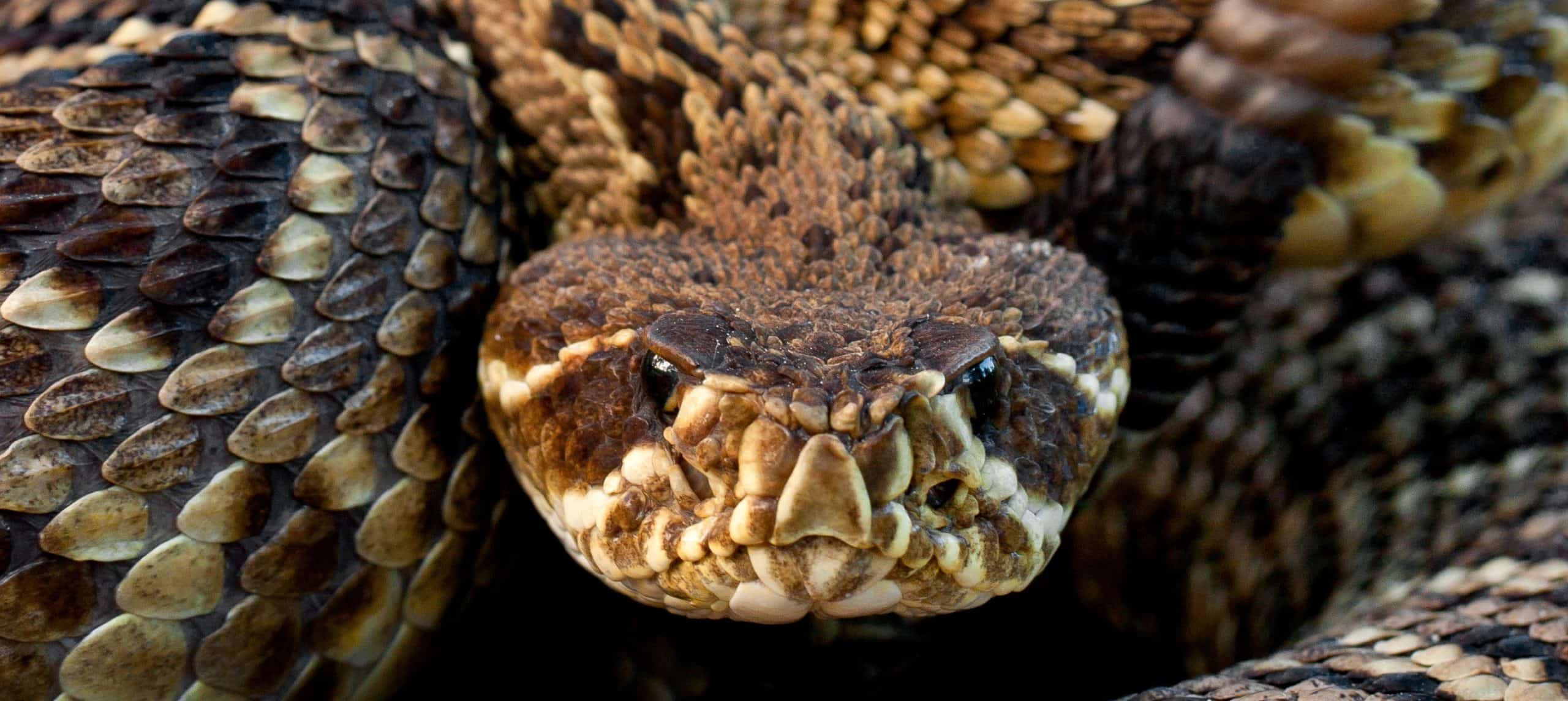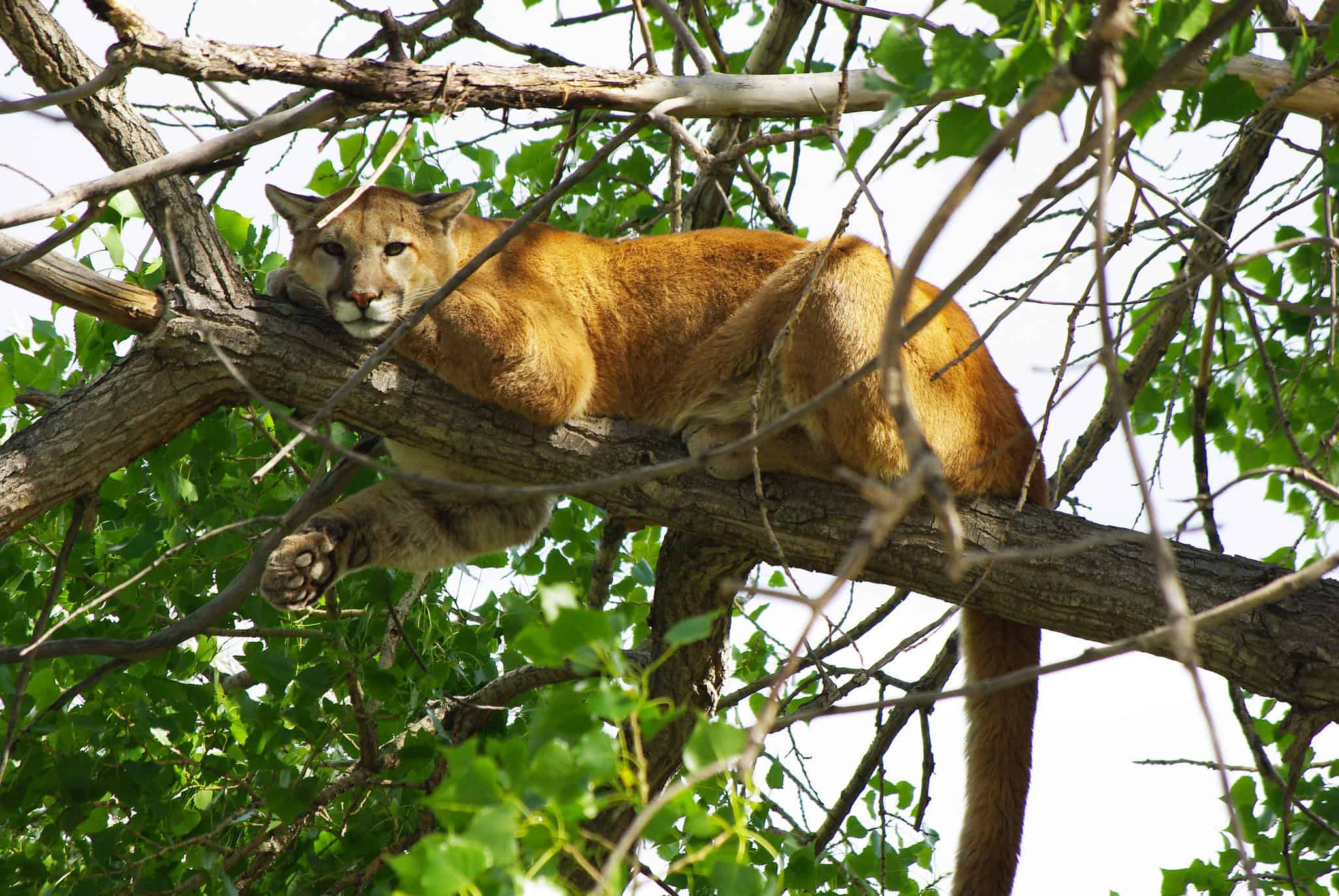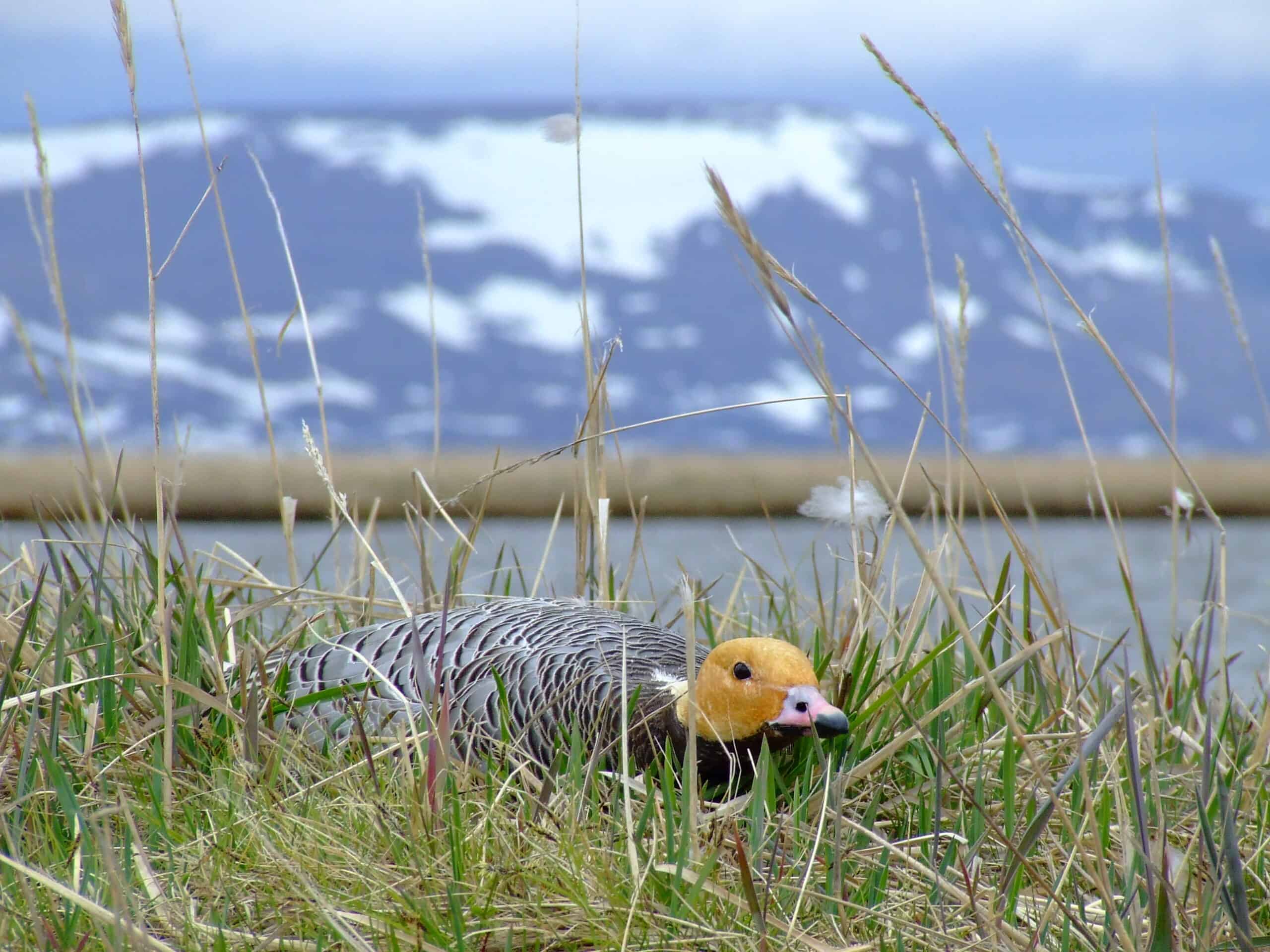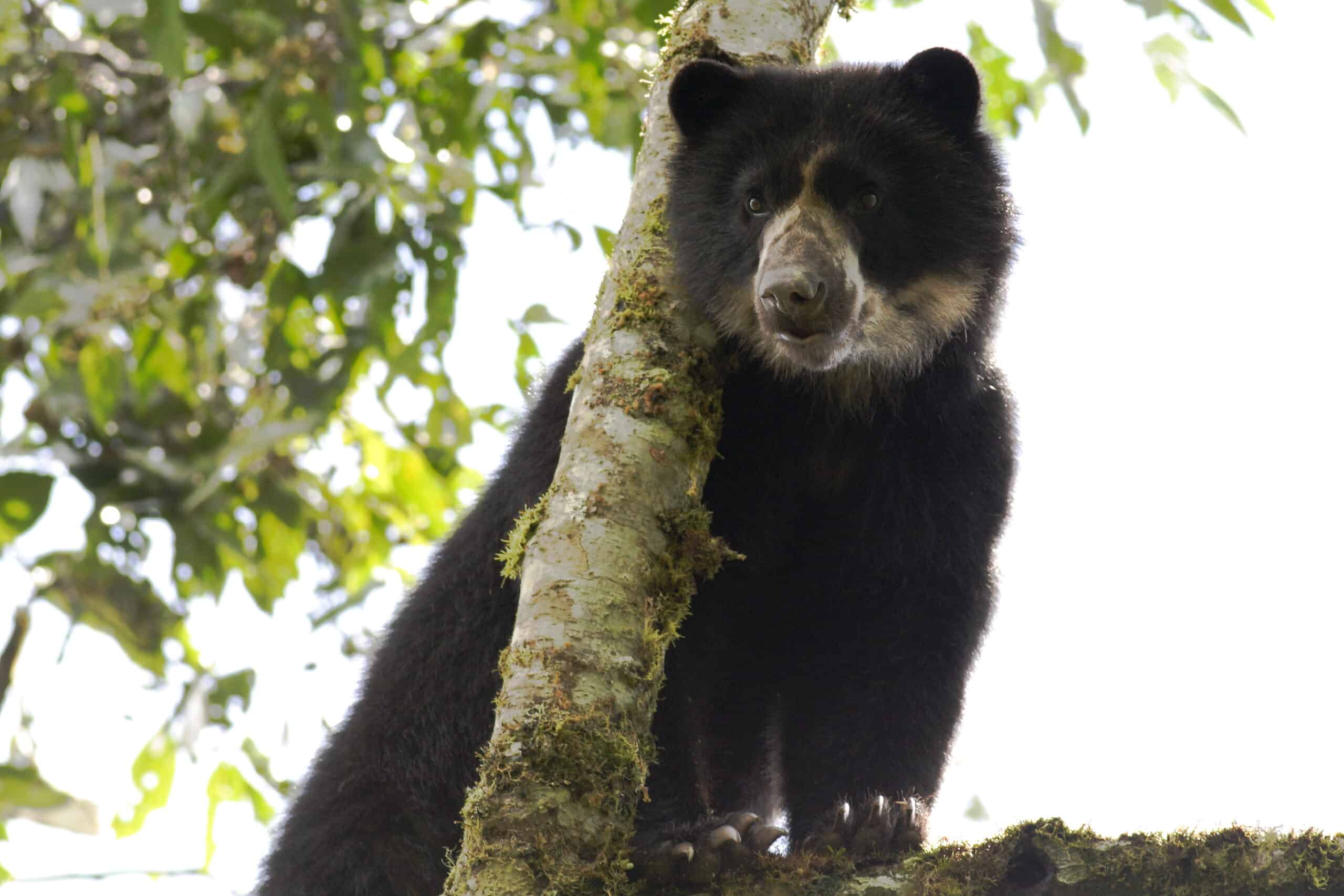Share this article
Prescribed fires boost snake diversity in longleaf pine forests
Flames and snakes don’t just go well together on motorcycle decals and heavy metal album covers. According to new research, prescribed fires every few years in longleaf pine forests in the Southeast help encourage diversity of many serpent species.
Managers have been burning forests at the Jones Center at Ichauway, a 29,000-acre nonprofit nature reserve in Georgia for years. Jennifer Howze, a senior research associate in herpetology at the Jones Center and lead author of a study published recently in Forest Ecology and Management, and her co-authors wanted to see how snakes respond to these prescribed burns, which managers use to mimic the natural burn cycle the system would have experienced hundreds of years ago.
“It’s really a fire-maintained system, and a lot of plants and animals really depend on that fire to maintain the habitat they need to thrive,” Howze said.
Generally, periodic burns help to stop the encroachment of hardwood trees, like oaks, into an area. If hardwood trees aren’t controlled by management activities, like prescribed fire, then the forest canopy closes, changing the structure and the suitability of the forest for a number of species. Evidence shows that before humans began to tinker too much with the landscape, these forests used to burn naturally every two to four years.
Researchers have collected spatial data on burn frequency from 1994 to 2012 across the property, as well as telemetry data on the movements of five different snake species for nine years from 2003 to 2012.
The species they studied include three open-canopied forest specialists — the eastern diamondback rattlesnake (Crotalus adamanteus), Florida pine snake (Pituophis melanoleucus) and eastern coachwhip (Coluber flagellum) — and two generalist species: the eastern kingsnake (Lampropeltis getula) and gray ratsnake (Pantherophis allegheniensis). Two of the specialist species, the Florida pine snake and eastern diamondback, are of conservation concern and are currently under consideration for listing by the U.S. Fish and Wildlife Service under the Endangered Species Act.
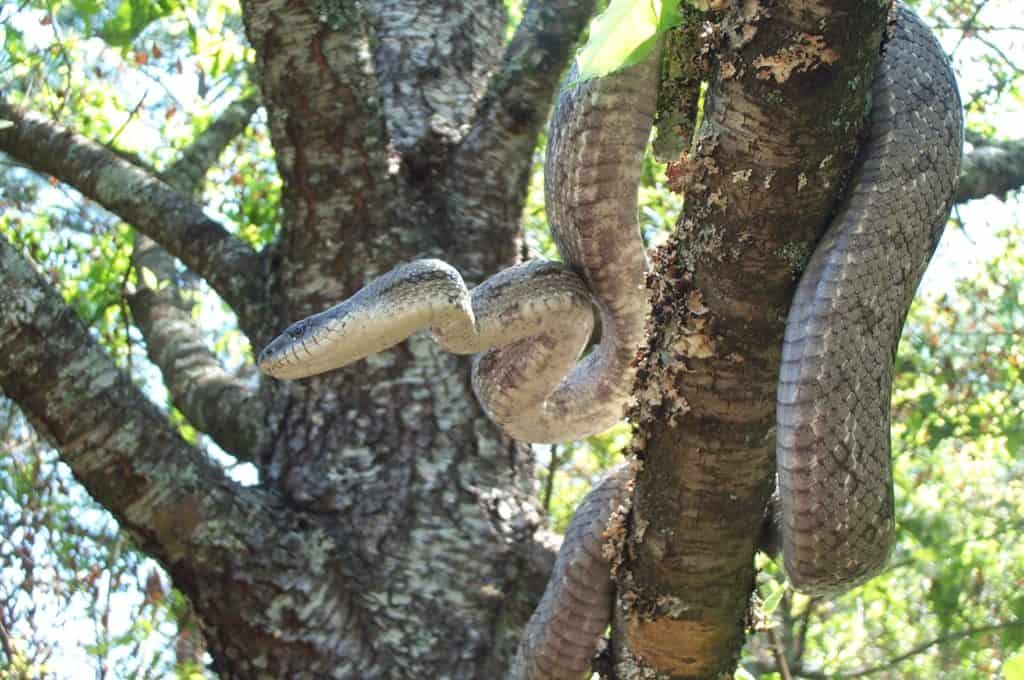
Gray ratsnake are generalist species. Credit: Michelina Dziadzio
The researchers wanted to learn how quickly these species moved into areas after a given fire, as well as the burn frequency that snakes were selecting over a 10-year period.
When they compared the burn frequency data with snake movements, the researchers found that open-canopied forest specialists used parts of the property that burned more frequently — less than every three years.
Generalist species, like eastern kingsnakes and gray ratsnakes, on the other hand, had a broader range of fire frequency tolerance, using areas where fire that occurred every two to 10 years. They avoided locations that were burned less than every two years, or areas not burned at all for a decade. Interestingly, both groups overlapped in selecting locations that were burned every two or 2.5 years and avoided locations that were not burned in 10 years.
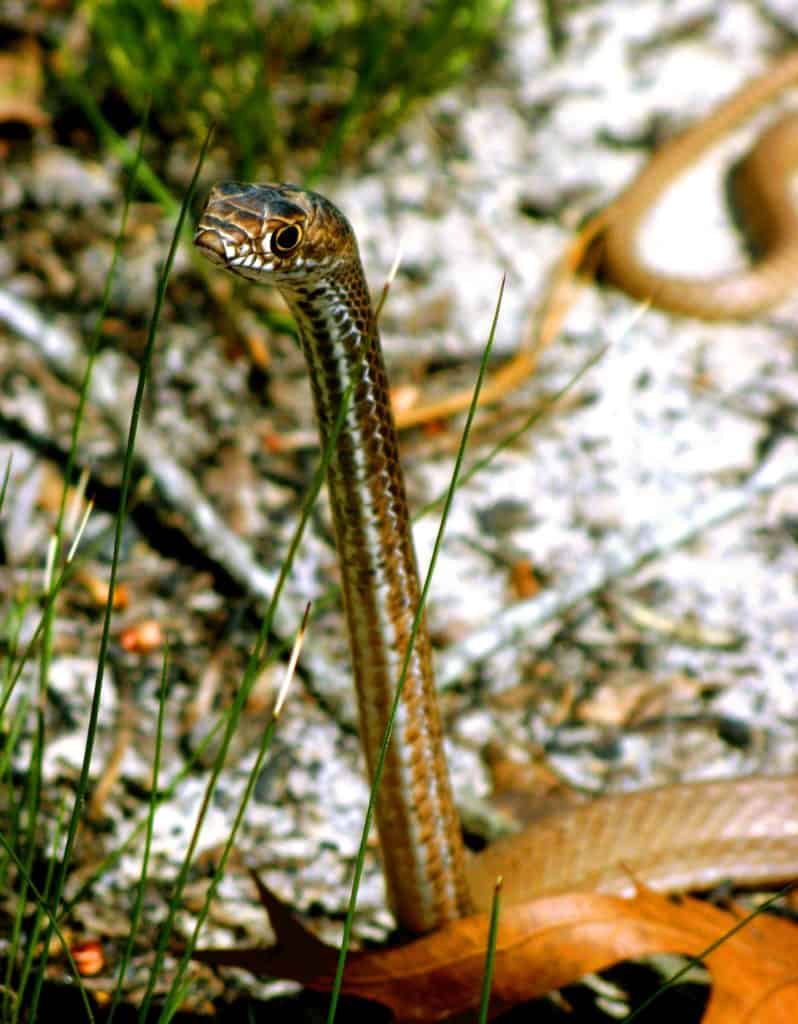
An alert Eastern coachwhip. Credit: Billy Thein
After a given fire, analyses showed that open-canopied forest specialists used burned patches within a year on average, whereas kingsnakes and ratsnakes used burned areas within 1.5 and three years, respectively.
Howze said the results of their study show that the management sweet spot for burning longleaf pine forests is short intervals of every two to three years, in order to promote the greatest diversity of both specialist and generalist snake species.
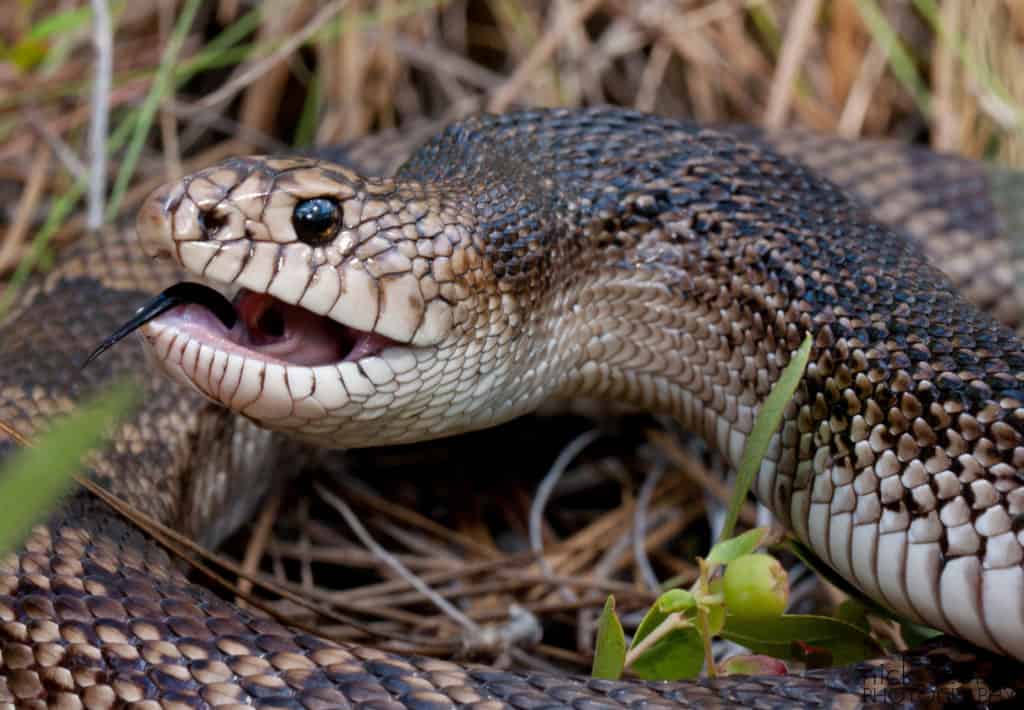
Florida pine snakes are currently being considered for a potential listing under the U.S. Endangered Species Act. Credit: Nick Scobel
As far as the reasons that snakes prefer these burnt areas, Howze said it may have something to do with the availability of open habitat for thermoregulation and landscape features that fires create. Resources like burnt out tree stumps provide great refuges for snakes when temperatures get too hot or cold throughout the year.
Fire also maintains good habitat for other species like gopher tortoises (Gopherus Polyphemus), which dig burrows that also serve as refuges for some of these snake species.
“The maintenance of this ecosystem is critical,” Howze said, “since less than 5% of the estimated longleaf pine ecosystem that once spanned the entire U.S. Southeast remains today.”
Header Image: Eastern diamondback rattlesnakes are longleaf pine forest specialists. Credit: Nick Scobel



